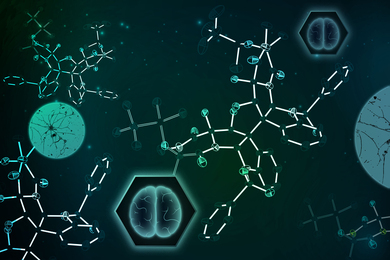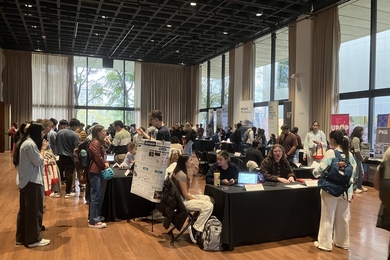"3 Questions" is a series from the MIT News Office that gives members of the community the opportunity to sound off on current events in their field of expertise. In this installment, Kosta Tsipis, former director of MIT's Program in Science and Technology for International Security, discusses the threats posed by nuclear proliferation. Tsipis is also a longtime member of the Pugwash Conferences on Science and World Affairs, a group that works to reduce the threats posed by nuclear weapons.
We want to hear your feedback and suggestions. Please contact the News Office at newsoffice@mit.edu, and be sure to write "3 Questions" in the subject line.
Q. How much should the new Obama administration focus on stopping nuclear proliferation? Should it be a top priority?
A. Nuclear Proliferation has two forms: 1.) The de novo acquisition of a nuclear arsenal by a Nuclear Proliferation Treaty signatory state like Iran. 2.) The acquisition of a nuclear explosive, or the needed fissile material to construct one, by a nonstate group such as a terrorist organization.
The Obama administration apparently considers nuclear proliferation a top priority. It appears to be involved in robust dialogue with Iran regarding the latter's nuclear intentions. Over the past year a group of U.S. nuclear nonproliferation experts, including William Perry, past U.S. Secretary of Defense and a member of the Obama campaign's national security working group, have held a series of meetings in the Hague and Vienna with Iranian officials, under the auspices of the Pugwash group (Pugwash, founded in 1957 by an international group of scientists close to their national governments, received the Nobel Prize for Peace in 1995 for its persistent efforts to limit the threat of nuclear war and the elimination of nuclear weapons). In such meetings, Pugwash scientists participate in their private capacity but then they inform their respective governments about the outcome of their deliberations.
Q. How have the risks associated with nuclear proliferation evolved over the past two decades, as we have moved beyond the Cold War and into the post-9/11 era?
A. During the Cold War, the concern was the limitation of the unbridled proliferation of the number of nuclear weapons in the arsenals of the United States and the Soviet Union. By the late 1960s, the United States and the Soviet Union possessed several thousand nuclear weapons, some of them in hair-trigger readiness for their use. Vigorous nuclear arms control efforts and the resulting Limitation Treaties between the two nations stemmed the quantitative arms race and reduced the risk of a nuclear war. Now the dominant proliferation risk is the acquisition of nuclear explosives by parastate or nonstate entities such as a terrorist organization. So the goal is to deny them access either to ready nuclear explosives or to fissionable material, enriched uranium 235 or plutonium 239. Therefore the nonproliferation efforts of the Obama administration must focus on how to safeguard such items and how to disrupt the efforts of terrorists to acquire, transport and detonate a nuclear explosive in a populated area.
Q. What can and should be done to minimize the risks of nuclear proliferation?
A. There is a wide-ranging number of mutually reinforcing antiproliferation measures that can be undertaken immediately:
1.) Secure existing nuclear explosives, and enriched uranium that can fuel nuclear explosives, against theft or clandestine purchase.
2.) Limit production of 5 percent enriched uranium as fuel for civilian nuclear reactors only in few centers globally, combined with formal unconditional guarantees of supply to nations with nuclear power plants, and so break the nexus between civilian nuclear power and the sub rosa proliferation of nuclear weapons to additional states.
3.) De-emphasize the utility of nuclear weapons in the defense planning of nuclear nations, especially in the cases of the United States, Russia, Israel, Pakistan and India.
4.) Strengthen the IAEA (International Atomic Energy Agency) verification of reprocessing facilities in nations with nuclear power plants, and of the routine operations of CANDU reactors.
5.) Reduce the number of deliverable nuclear weapons in the arsenals of nuclear nations and especially those of the United States and Russia, ultimately leading toward the complete elimination of such weapons.
6.) Adopt a complete "no first use" agreement among all nuclear states.
7.) Complete all such counter-proliferation agreements during the 2010 NPT Treaty Review by initiating intense negotiations during the summer 2009 preparatory conference.
A version of this article appeared in MIT Tech Talk on February 4, 2009 (download PDF).






